From October 17, 2025, to April 19, 2026, Padua will host a cultural event of exceptional significance: the exhibition La Bibbia Istoriata Padovana. The City and its Frescoes, staged in the Salone dei Vescovi of the Diocesan Museum. The initiative, promoted by the Fondazione Cassa di Risparmio di Padova e Rovigo and curated by Alessia Vedova with the scientific collaboration of Federica Toniolo, allows visitors to admire two sections of a 14th-century illuminated manuscript, of great importance and originality, signed by the artists of the da Carrara court, lords of the city until 1405, the year in which Padua became part of the Most Serene Republic of Venice.
The Historiated Bible Padovana represents a publishing project of cyclopean scope, designed to illustrate the biblical story in its entirety. It is not known whether the undertaking was completed: its realization would have required substantial resources and a long time. After the fall of the da Carrara seigniory, traces of the manuscript were dispersed. Only two known portions have traversed the centuries to the present day: one acquired by the Silvestri family of Rovigo, well-known bibliophiles and art collectors, who donated it to the Accademia dei Concordi; the other passed to the Duke of Sussex and is now preserved in the British Library in London. Of any additional sections there is no evidence.
“A visit to the exhibition is an opportunity not to be missed,” stresses Federica Toniolo, professor at the University of Padua of Medieval Art History, “to appreciate the quality achieved by the illuminators and to see reflected in the vignettes, as in a mirror, the customs and habits, the architectural spaces and the rural territory of late medieval Padua.”
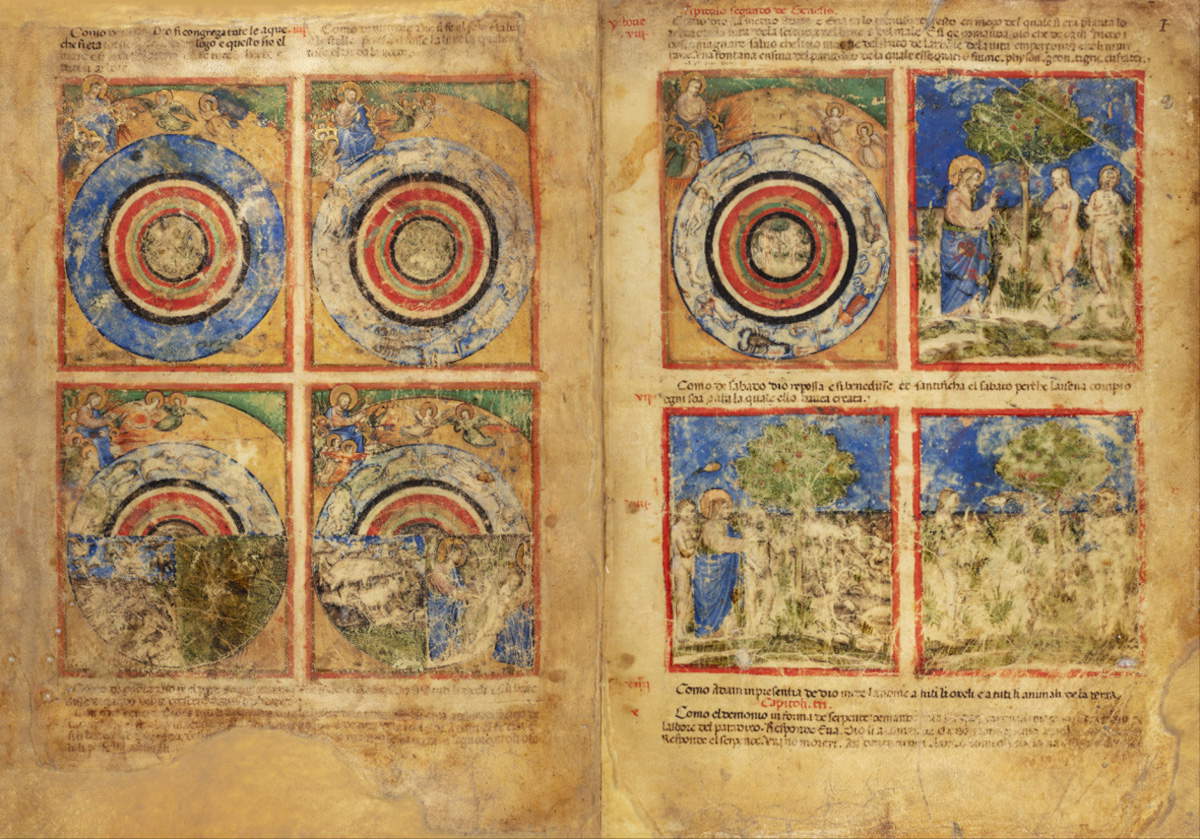
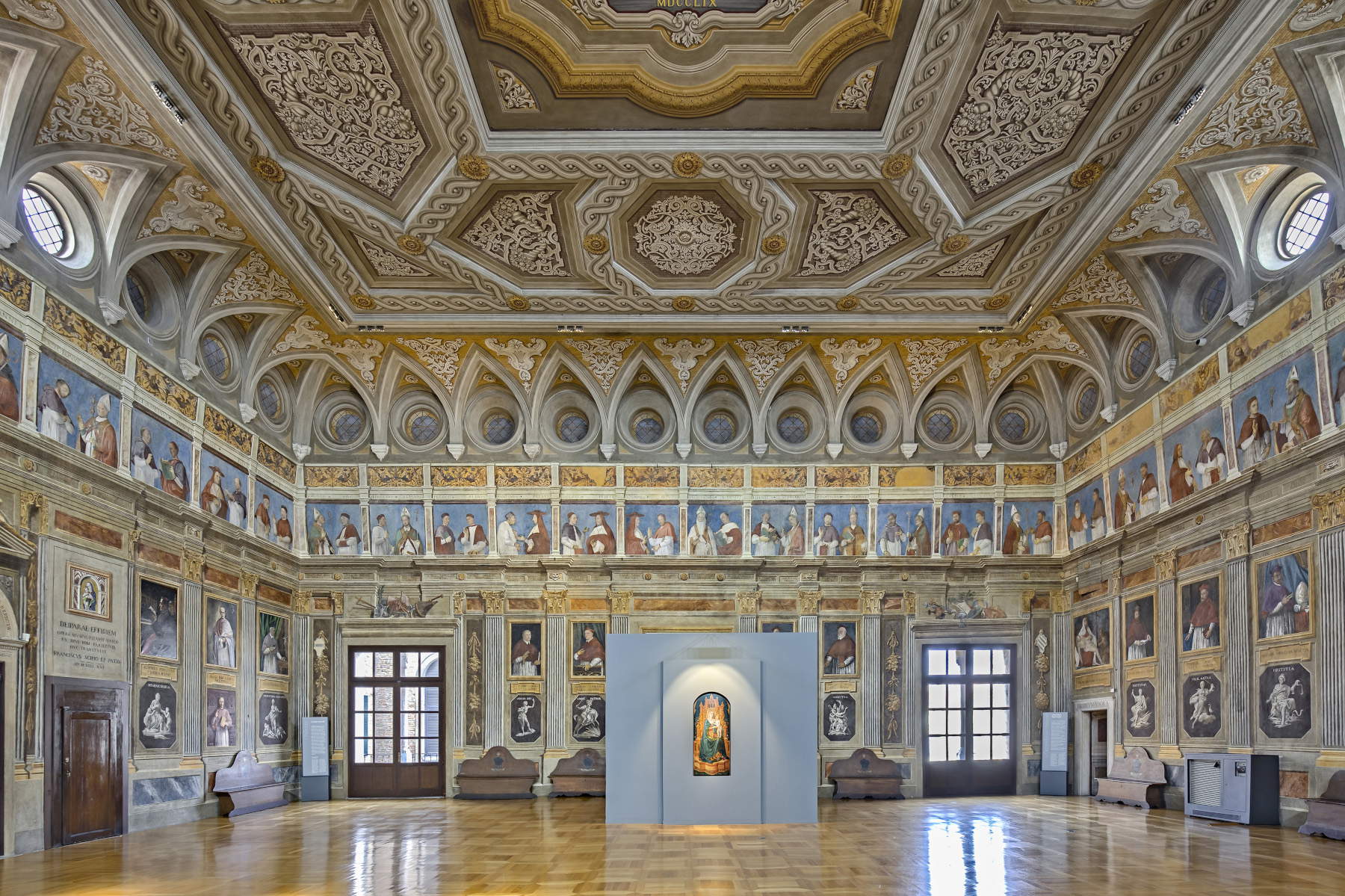
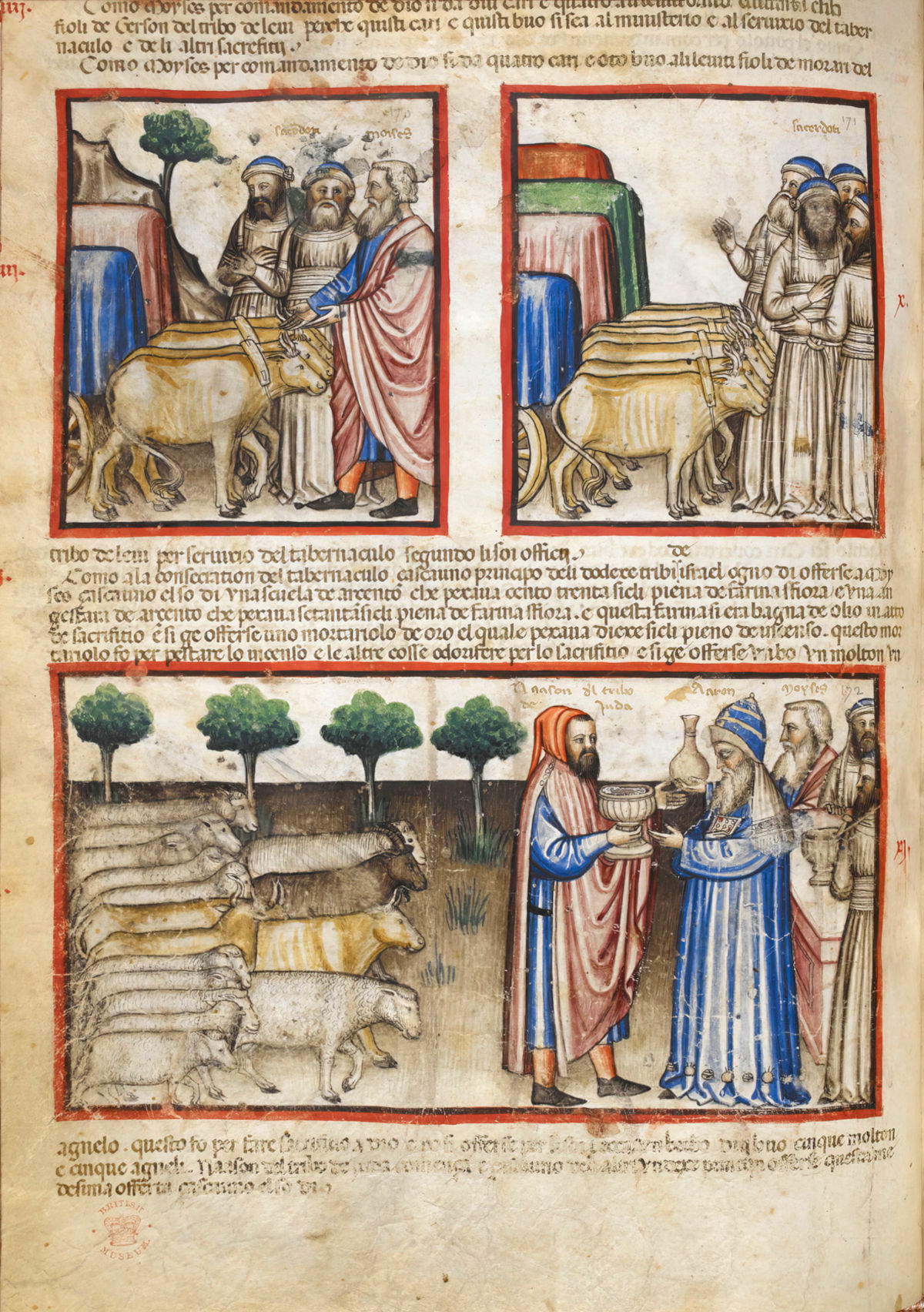
“The illustrations of the Paduan Bible show that they look back to the great pictorial cycles that Giotto, Altichiero, and Giusto de’ Menabuoi had created for the Carraresi and for the city’s powerful religious communities, in a particularly sober and realistic style,” says Alessia Vedova, curator of the exhibition.
The Cariparo Foundation promoted the reunion of the two sides and succeeded in obtaining the cooperation of the institutions that hold custody of the work. The exhibition takes place in a particularly prestigious venue, the Salone dei Vescovi of the Diocesan Museum, with the collaboration of the Diocese of Padua and Bishop Monsignor Claudio Cipolla. The choice of venue is not accidental: the Historiated Bible shares stylistic affinities with the fresco cycle in the Baptistery of Padua Cathedral, known as Urbs Picta and a UNESCO World Heritage Site, by Giusto de’ Menabuoi. The manuscript is distinguished by its rich array of miniatures, designed in perfect dialogue with the biblical text. Images dominate the narrative, with timely references to where the scene was depicted, as indicated by annotations such as “Como qui si è depento.” The Bibbia Istoriata thus anticipates a narrative conception in images, similar to the French illustrated Bibles of the period. The text is written in vernacular with Venetian and Paduan inflections, an exceptionally interesting feature due to the rarity of Bibles of the period written primarily in Latin.
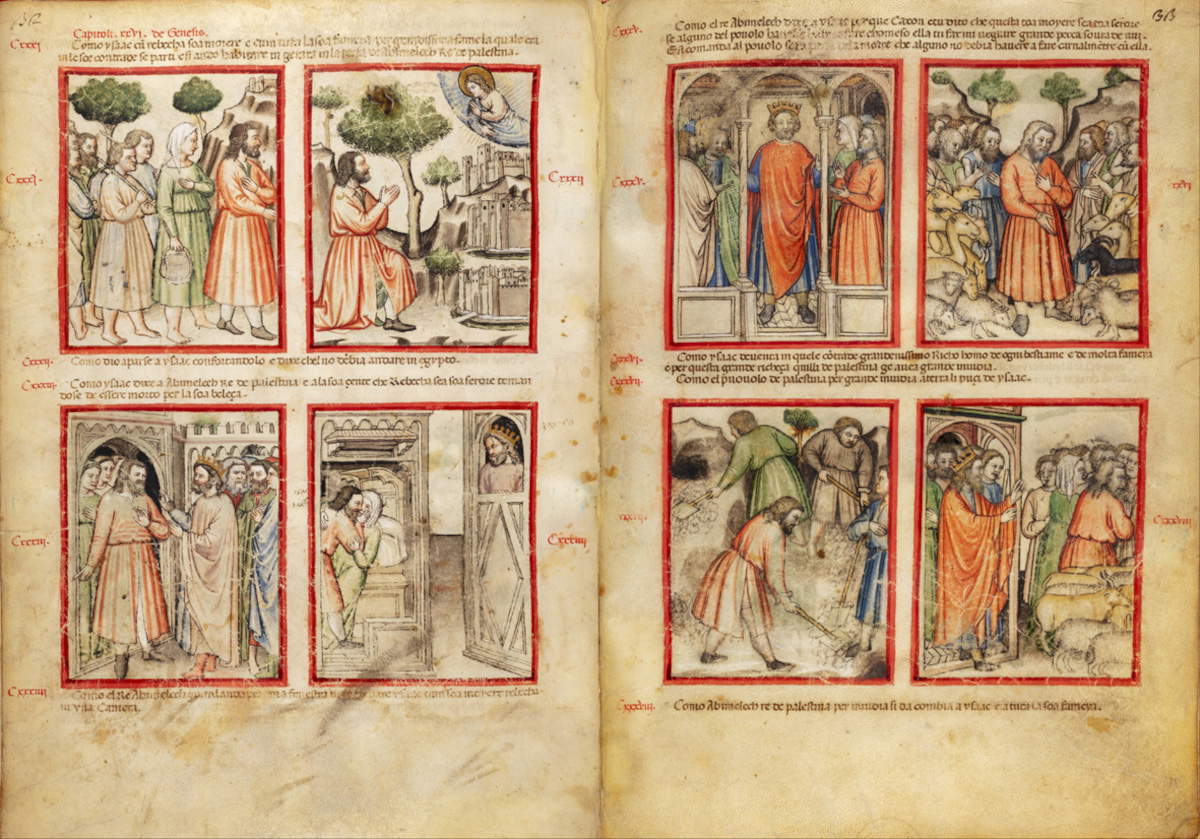
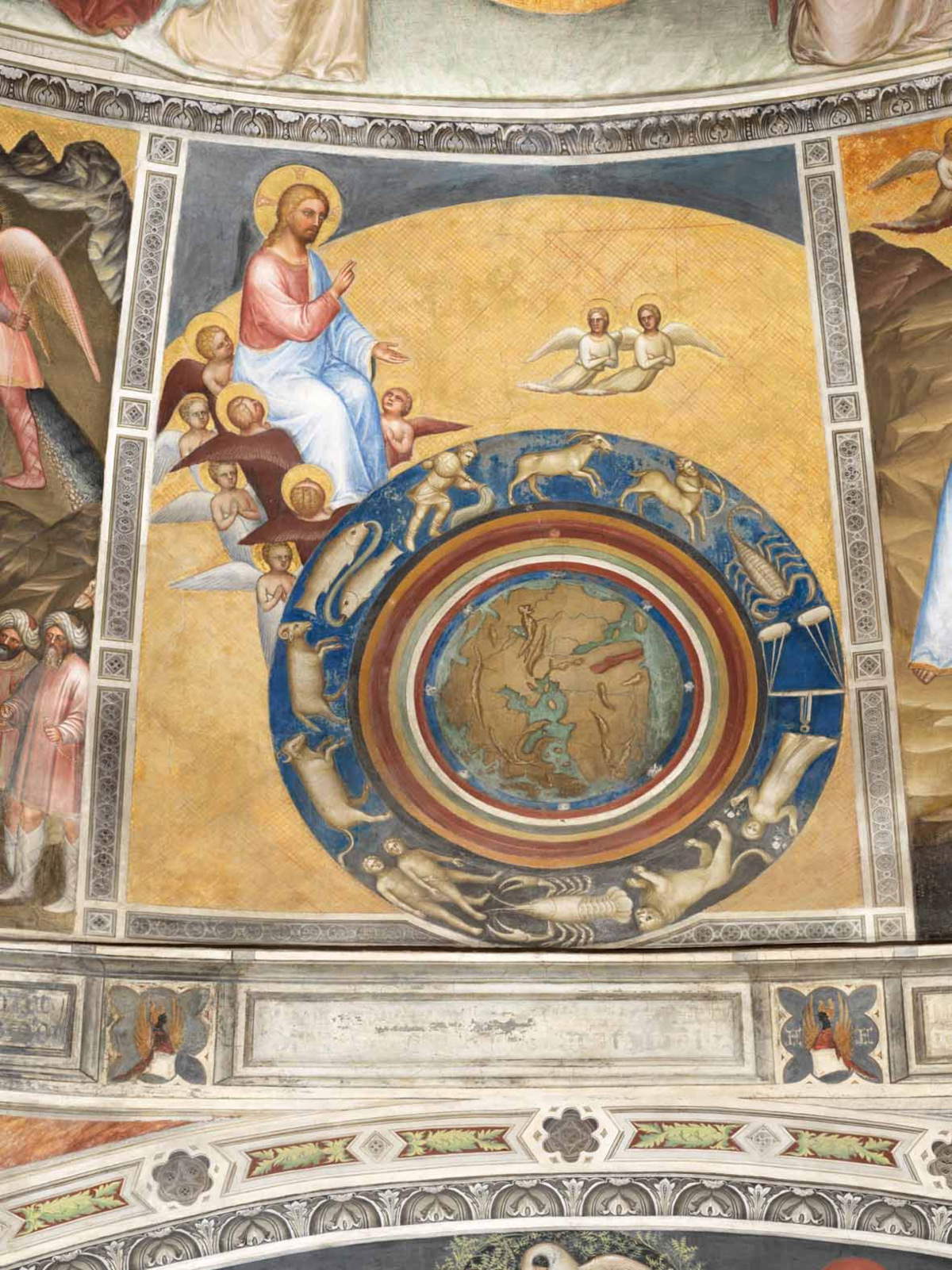
The portions preserved in Rovigo include the incipit of the Bible, namely Genesis, and the story of Ruth, while those in London contain the central Pentateuch, from Exodus to Deuteronomy, and the book of Joshua. The British Library section includes 86 illustrated folios with 529 illuminated images; a trimming done at an unspecified time compromised some of the numbering and notes. The London folios are bound in a 19th-century blue and gold binding with a royal coat of arms. During the exhibition, the two sections will be displayed side by side inside high-security protective cases.
The exhibition itinerary includes an introductory room, where visitors will be able to understand the historical and artistic context of Padua in the 14th century, characterized by the presence of prominent artists, such as Giotto, and the sojourn of the poet Francesco Petrarca, indicative of one of the highest cultural environments in Europe. The room will provide a sense of the conditions and influences that led to the creation of the Bibbia Istoriata, providing a picture of the city as an artistic and cultural center of the time. After looking at the original manuscripts, the exhibition offers the opportunity to consult facsimile reproductions of the pages, allowing the illustrated story to be followed in its entirety. The exhibition section continues inside the Diocesan Museum, directed by Andrea Nante, where works from the Middle Ages to Canova are preserved. With a single ticket, visitors can also access the Cathedral Baptistery, admiring the cycle of frescoes by Giusto de’ Menabuoi, whose scenes, especially in the drum of the dome, were an iconographic source for the Bible Istoriata Padovana.
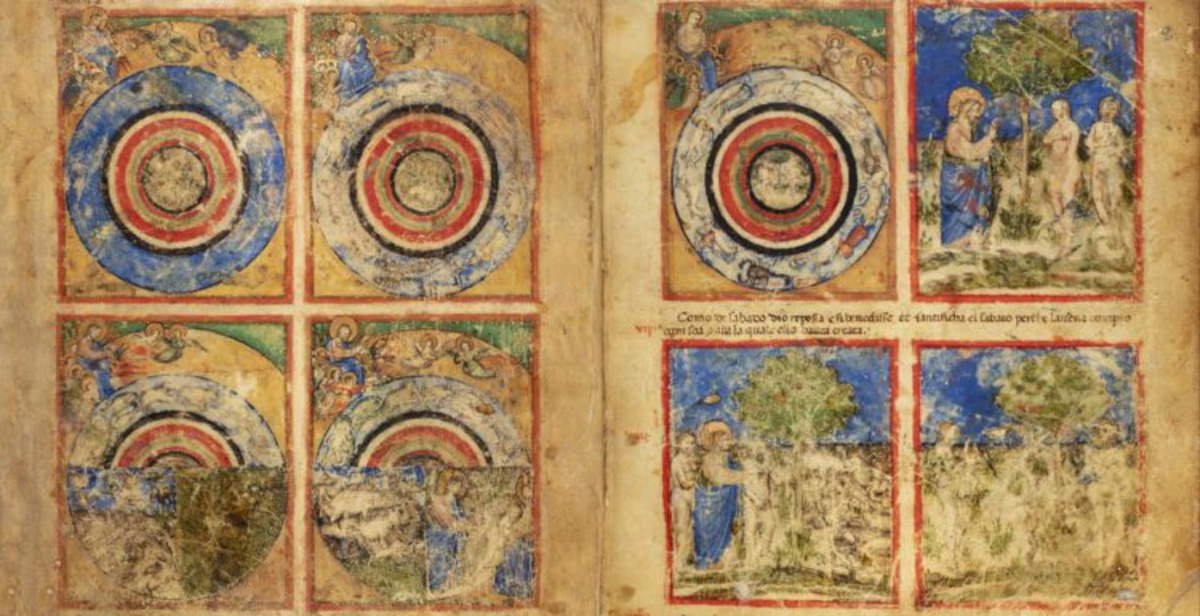 |
| The Paduan Historiated Bible, an illuminated masterpiece from the 14th century, returns to Padua |
Warning: the translation into English of the original Italian article was created using automatic tools. We undertake to review all articles, but we do not guarantee the total absence of inaccuracies in the translation due to the program. You can find the original by clicking on the ITA button. If you find any mistake,please contact us.